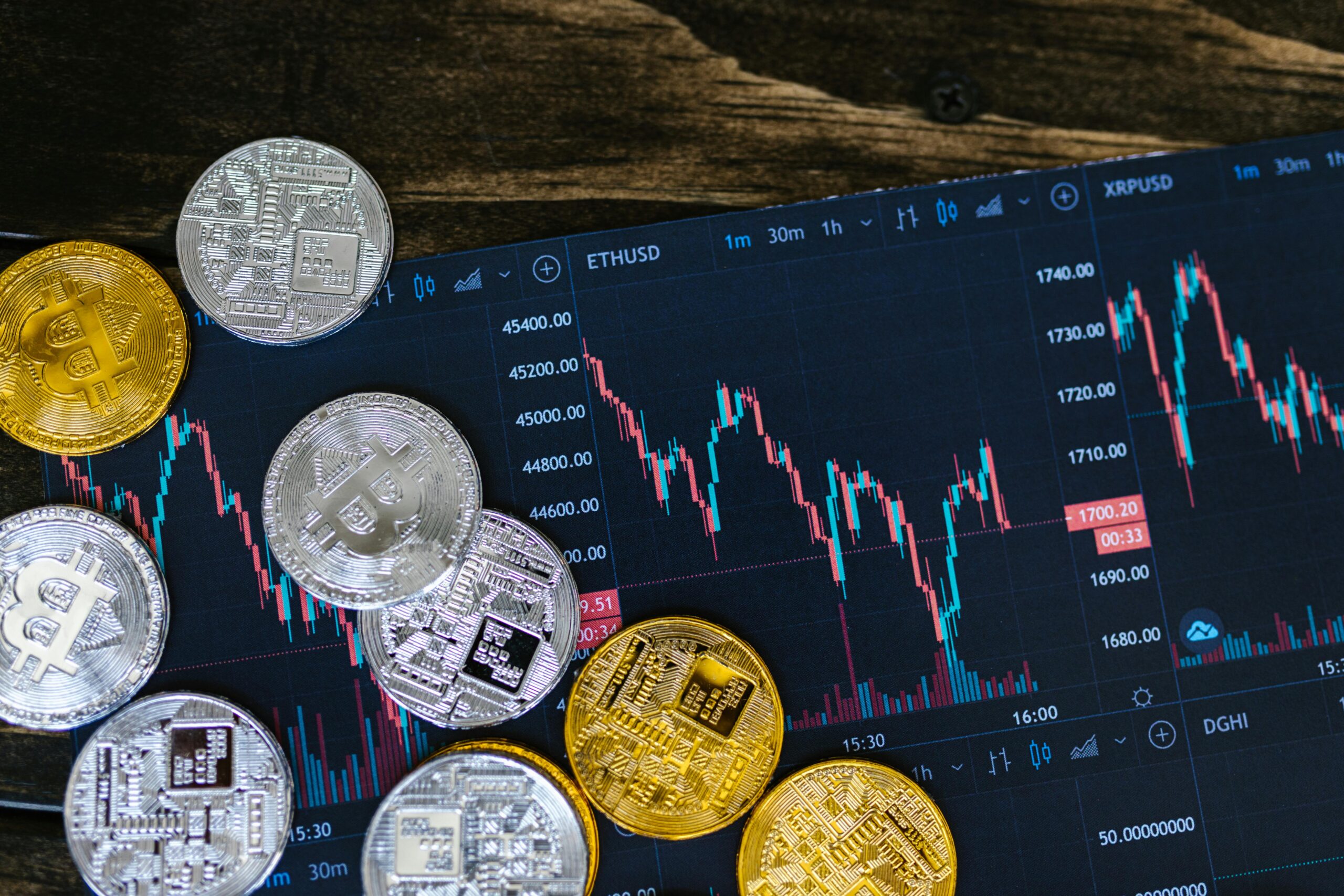Regulatory Frameworks for Cryptocurrency Exchanges
Introduction
Cryptocurrency exchanges are the bustling marketplaces of the digital world, where users trade cryptocurrencies like Bitcoin and Ethereum. But as these exchanges grow in number and size, the need for robust regulatory frameworks becomes crucial. Why, you ask? Well, without proper regulation, the risks of fraud, market manipulation, and money laundering loom large. So, let’s dive into the intricate world of cryptocurrency regulation and see how it’s shaping the future of digital finance.
Understanding Cryptocurrency Exchanges
Definition and Types
A cryptocurrency exchange is a platform where individuals can buy, sell, or exchange cryptocurrencies for other digital currencies or traditional money like USD or EUR. There are different types of exchanges:
- Centralized Exchanges (CEX): Operated by a central authority, offering high liquidity but posing higher risks of hacks.
- Decentralized Exchanges (DEX): Operate without a central authority, providing better security but less user-friendly interfaces.
- Hybrid Exchanges: Combine features of both CEX and DEX to offer a balanced approach.
Role in the Crypto Ecosystem
Cryptocurrency exchanges play a pivotal role in the crypto ecosystem. They provide liquidity, facilitate price discovery, and act as a bridge between fiat and digital currencies. Without exchanges, the crypto market would struggle to function efficiently.

The Evolution of Cryptocurrency Regulation
Early Days of Crypto
In the early days, cryptocurrency operated in a regulatory grey area. Bitcoin’s anonymous and decentralized nature made it attractive for illicit activities, raising concerns among regulators.
Shift Towards Regulation
As cryptocurrencies gained popularity, regulators worldwide started paying attention. The shift towards regulation aims to legitimize the industry, protect investors, and curb illegal activities.
Key Regulatory Bodies and Their Roles
Financial Action Task Force (FATF)
The FATF sets international standards to combat money laundering and terrorist financing. It has issued guidelines for regulating virtual assets and exchanges to ensure global compliance.
Securities and Exchange Commission (SEC)
In the United States, the SEC oversees the regulation of securities, including certain types of cryptocurrencies. It ensures that exchanges comply with securities laws to protect investors.
Other Global Regulatory Bodies
Other countries have their regulatory bodies, such as the Financial Conduct Authority (FCA) in the UK and the European Securities and Markets Authority (ESMA) in the EU, each playing a critical role in shaping local crypto regulations.
Regulatory Approaches by Region
North America
In North America, the approach is stringent. The U.S. has implemented rigorous AML and KYC requirements, while Canada follows similar strict measures to ensure market integrity.
Europe
Europe’s approach is more harmonized, with the EU’s Fifth Anti-Money Laundering Directive (5AMLD) setting a unified standard for crypto regulation across member states.
Asia
Asia presents a mixed bag, with countries like Japan embracing regulation, while others, such as China, imposing outright bans on certain crypto activities.
Other Regions
Other regions, like Africa and South America, are gradually developing their regulatory frameworks, often taking cues from established markets to shape their policies.
AML and KYC Requirements
Importance of AML and KYC
Anti-Money Laundering (AML) and Know Your Customer (KYC) regulations are crucial in preventing illicit activities. They require exchanges to verify the identity of their users and monitor transactions for suspicious activity.
Implementation in Exchanges
Most reputable exchanges have robust AML and KYC procedures in place. Users must submit identification documents, and transactions are monitored for compliance with regulatory standards.

Licensing and Registration
Types of Licenses Required
Different regions require different types of licenses for operating a cryptocurrency exchange. These can include money transmitter licenses, securities licenses, and specific crypto exchange licenses.
Process of Obtaining Licenses
Obtaining a license involves rigorous vetting by regulatory bodies. Exchanges must demonstrate compliance with financial laws, security measures, and operational standards.
Security and Compliance Standards
Security Measures for Exchanges
Security is paramount. Exchanges implement multi-layered security protocols, including two-factor authentication (2FA), encryption, and cold storage of funds to protect against hacks.
Compliance with Regulations
Exchanges must regularly audit their operations and adhere to regulatory requirements to avoid penalties and maintain their licenses.
Consumer Protection
Ensuring Transparency
Transparency is key to building trust. Exchanges are required to disclose their operational procedures, fee structures, and terms of service clearly to users.
Protecting User Funds
Regulations mandate that exchanges segregate user funds from their operational funds and provide insurance for users’ assets to enhance security and trust.
Taxation Policies
How Different Countries Tax Crypto
Taxation of cryptocurrencies varies globally. Some countries tax crypto as property, others as currency, and some don’t tax it at all. Compliance with local tax laws is essential for exchanges and users.
Impact on Exchanges and Users
Clear tax guidelines help exchanges operate smoothly and ensure that users are aware of their tax obligations, preventing potential legal issues.
Market Manipulation and Fraud Prevention
Identifying and Preventing Market Manipulation
Regulators require exchanges to have measures in place to detect and prevent market manipulation, such as wash trading and pump-and-dump schemes.
Regulatory Measures Against Fraud
Strict penalties and legal actions are enforced against fraudulent activities, ensuring a safer trading environment for users.
Cross-Border Challenges and Solutions
Issues with International Transactions
Cross-border transactions pose challenges, including varying regulations, tax implications, and compliance with multiple jurisdictions.
Regulatory Cooperation Between Countries
International cooperation and harmonized regulations help address these challenges, making it easier for exchanges to operate globally and ensuring user protection.

Innovative Regulatory Sandboxes
What are Regulatory Sandboxes?
Regulatory sandboxes are frameworks that allow exchanges to operate under relaxed regulations for a limited period. This enables them to test new products and services in a controlled environment.
Benefits for Cryptocurrency Exchanges
Sandboxes foster innovation and help regulators understand emerging technologies, paving the way for future regulations that are more conducive to growth.
Case Studies of Regulatory Implementation
Successful Regulatory Frameworks
Countries like Japan and Switzerland have implemented successful regulatory frameworks that balance innovation with security, serving as models for other nations.
Lessons from Failures
Learning from failures, such as the Mt. Gox collapse, helps improve regulations and prevent similar incidents in the future.
Future Trends in Cryptocurrency Regulation
Emerging Trends
Regulatory trends indicate a move towards more comprehensive and globally harmonized frameworks, focusing on security, transparency, and consumer protection.
Predictions for the Future
Expect more stringent regulations, enhanced security protocols, and greater international cooperation to create a safer and more robust crypto market.
Potential Challenges and Limitations
Technical and Operational Hurdles
Exchanges face technical challenges, such as scaling issues and cybersecurity threats, which require constant vigilance and innovation.
Addressing Potential Issues
Continuous dialogue between regulators and industry players is essential to address these challenges and develop practical solutions.
Conclusion
Regulatory frameworks for cryptocurrency exchanges are evolving rapidly, aiming to protect users, prevent fraud, and promote market integrity. As the industry matures, we can expect more robust and harmonized regulations that support innovation while ensuring security and compliance.

FAQs
What is a cryptocurrency exchange?
A cryptocurrency exchange is a platform where individuals can buy, sell, or exchange cryptocurrencies for other digital currencies or traditional money.
Why is regulation important for crypto exchanges?
Regulation is important to protect investors, prevent fraud, ensure market integrity, and provide a legal framework for the operation of exchanges.
What are AML and KYC requirements?
AML (Anti-Money Laundering) and KYC (Know Your Customer) requirements mandate that exchanges verify the identity of their users and monitor transactions to prevent illicit activities.
How do regulatory frameworks vary by region?
Regulatory frameworks vary widely by region, with some countries having stringent regulations, while others have more relaxed or evolving standards.
What challenges do cryptocurrency exchanges face in complying with regulations?
Exchanges face challenges such as navigating complex regulatory environments, implementing robust security measures, and ensuring compliance with varying international laws.



I appreciate, cause I found exactly what I was looking for. You’ve ended my four day long hunt! God Bless you man. Have a great day. Bye
zee.associates001@gmail.com